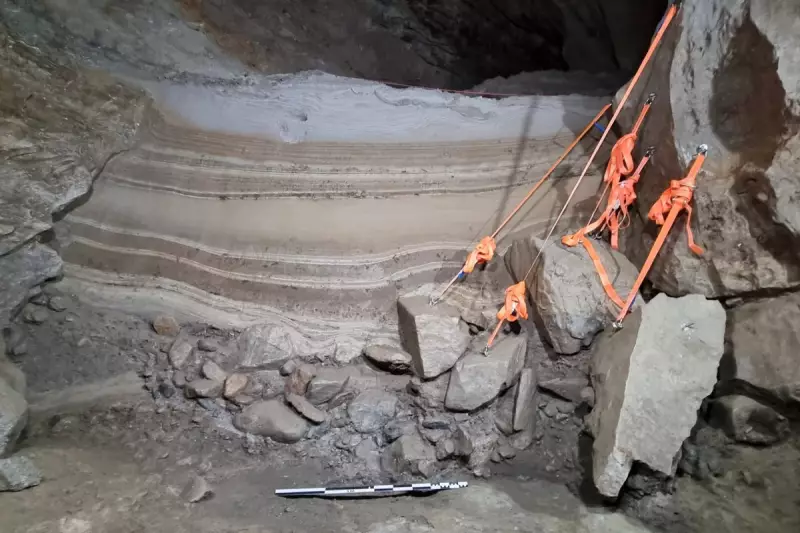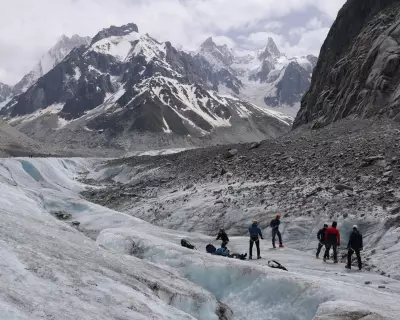
In a remarkable scientific breakthrough, researchers have discovered exceptionally well-preserved fossils of ancient marine reptiles in Norway's Arctic archipelago of Svalbard. The findings, dating back an astonishing 125 million years, are rewriting our understanding of prehistoric marine ecosystems.
A Window into the Cretaceous Period
The excavation team uncovered fossils of ichthyosaurs and plesiosaurs - formidable predators that dominated Jurassic and Cretaceous seas. These specimens represent some of the most complete Arctic fossils ever found from this era.
Dr. Jørn Hurum, a leading paleontologist from the University of Oslo, described the discovery as "extraordinarily significant." He noted: "The preservation quality allows us to study minute details of bone structure and even potential soft tissue remains."
Why This Discovery Matters
- Provides new evidence about marine reptile migration patterns
- Offers clues about Arctic climate conditions during the Cretaceous
- Helps scientists understand evolutionary adaptations
- May reveal previously unknown species
The research team employed cutting-edge scanning technology to analyze the fossils without damaging them. Their preliminary findings suggest these creatures were larger than previously thought possible for Arctic-dwelling reptiles of their time.
Challenging Previous Assumptions
This discovery challenges long-held beliefs about the distribution of marine reptiles during the Mesozoic era. The presence of such large specimens in Arctic waters indicates these animals were more adaptable to cold environments than scientists previously believed.
Dr. Lene Liebe Delsett, another researcher involved in the project, explained: "These findings force us to reconsider how these creatures lived and hunted. The Arctic wasn't the ecological desert we imagined - it supported a vibrant marine ecosystem."
The research team plans to continue their work in Svalbard, believing more significant discoveries may lie beneath the permafrost. Their findings will be published in a forthcoming issue of the prestigious journal Nature.





